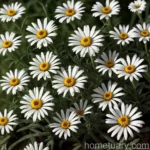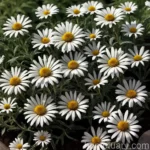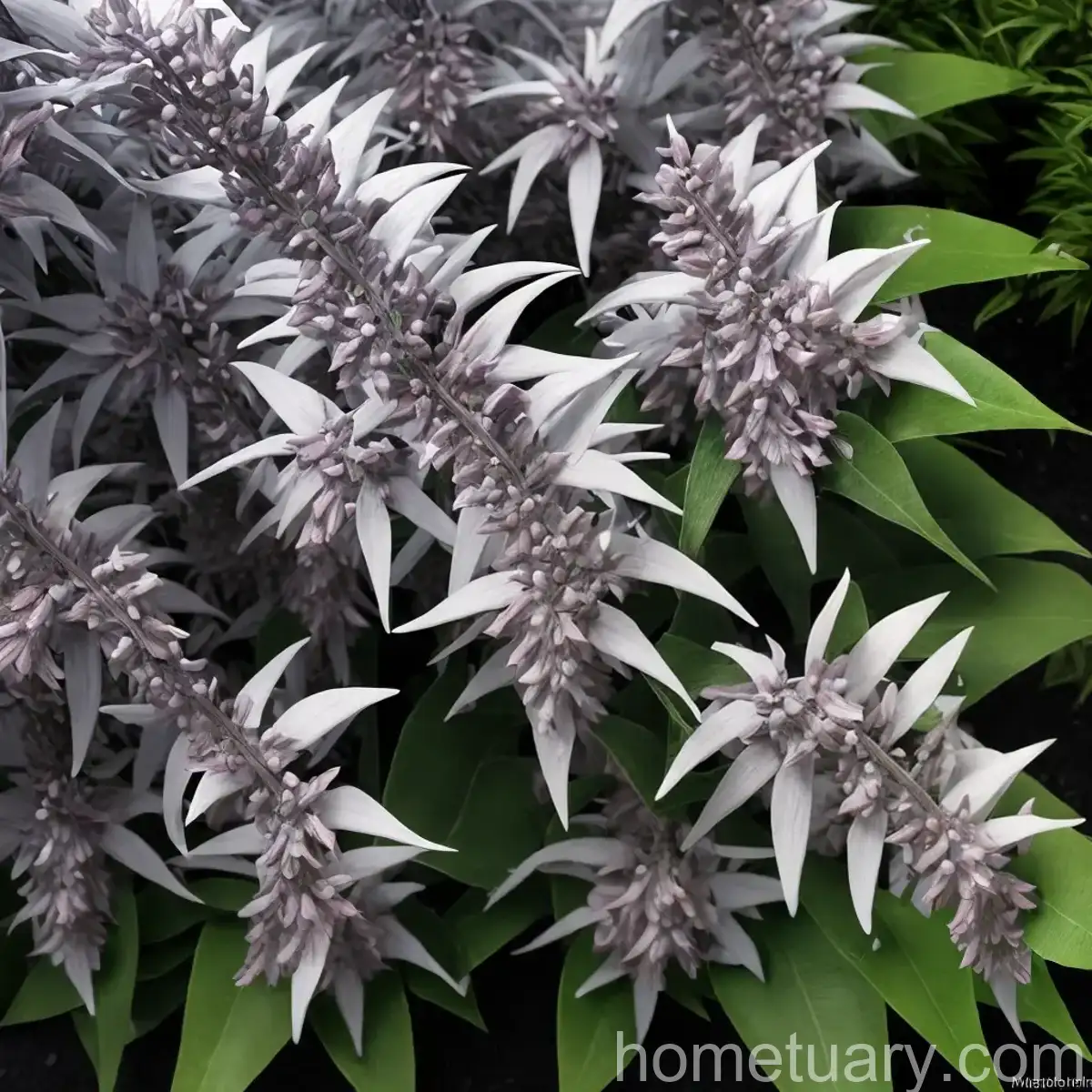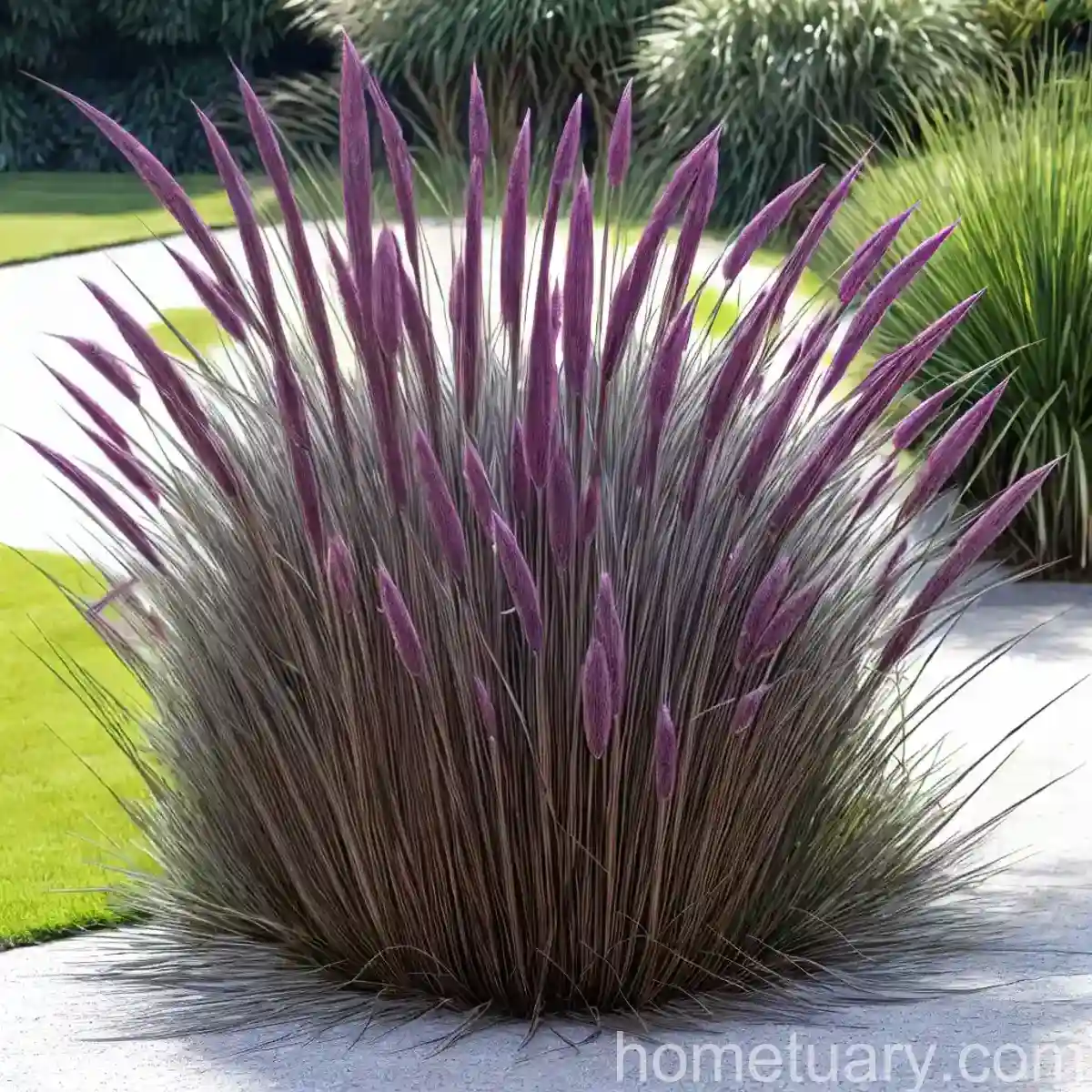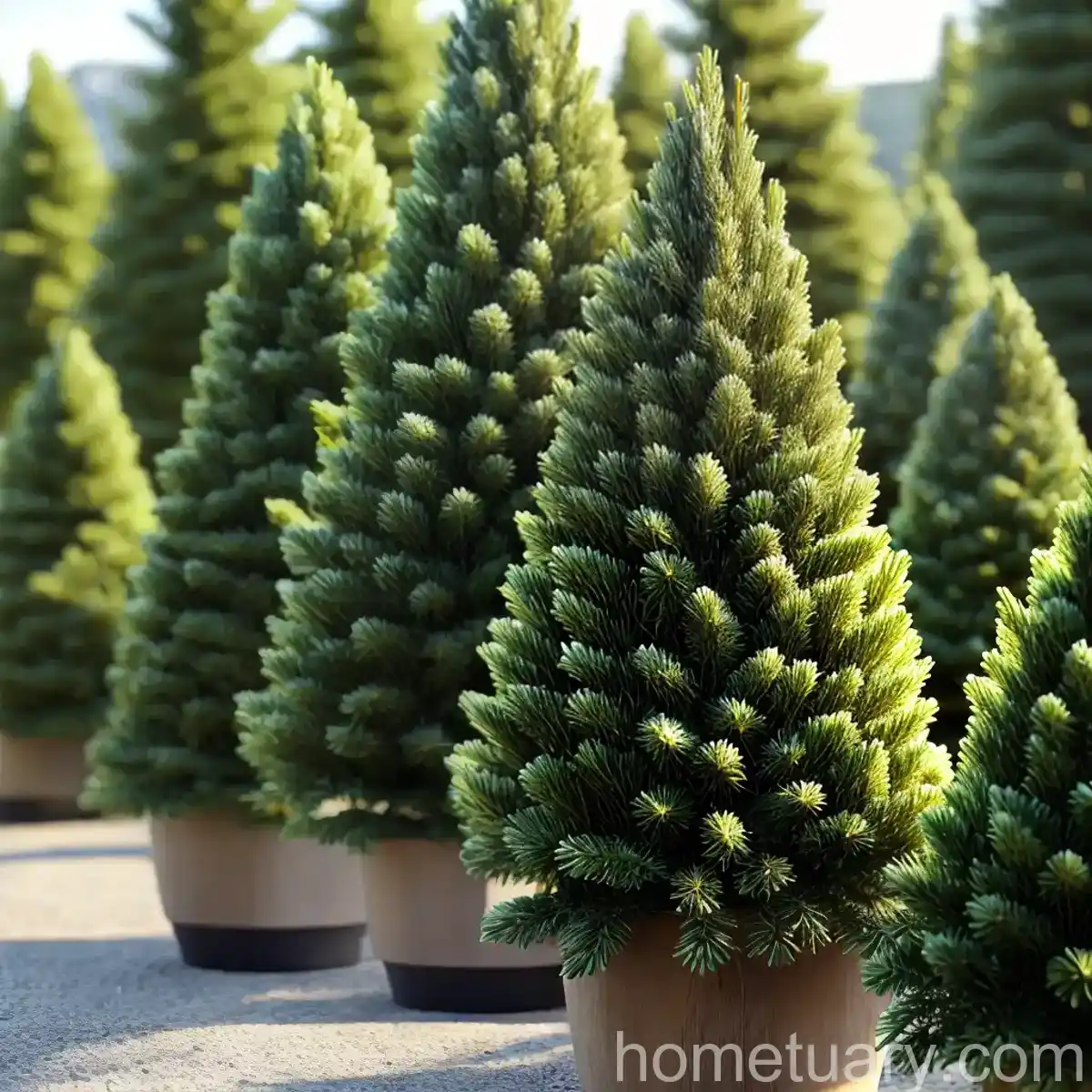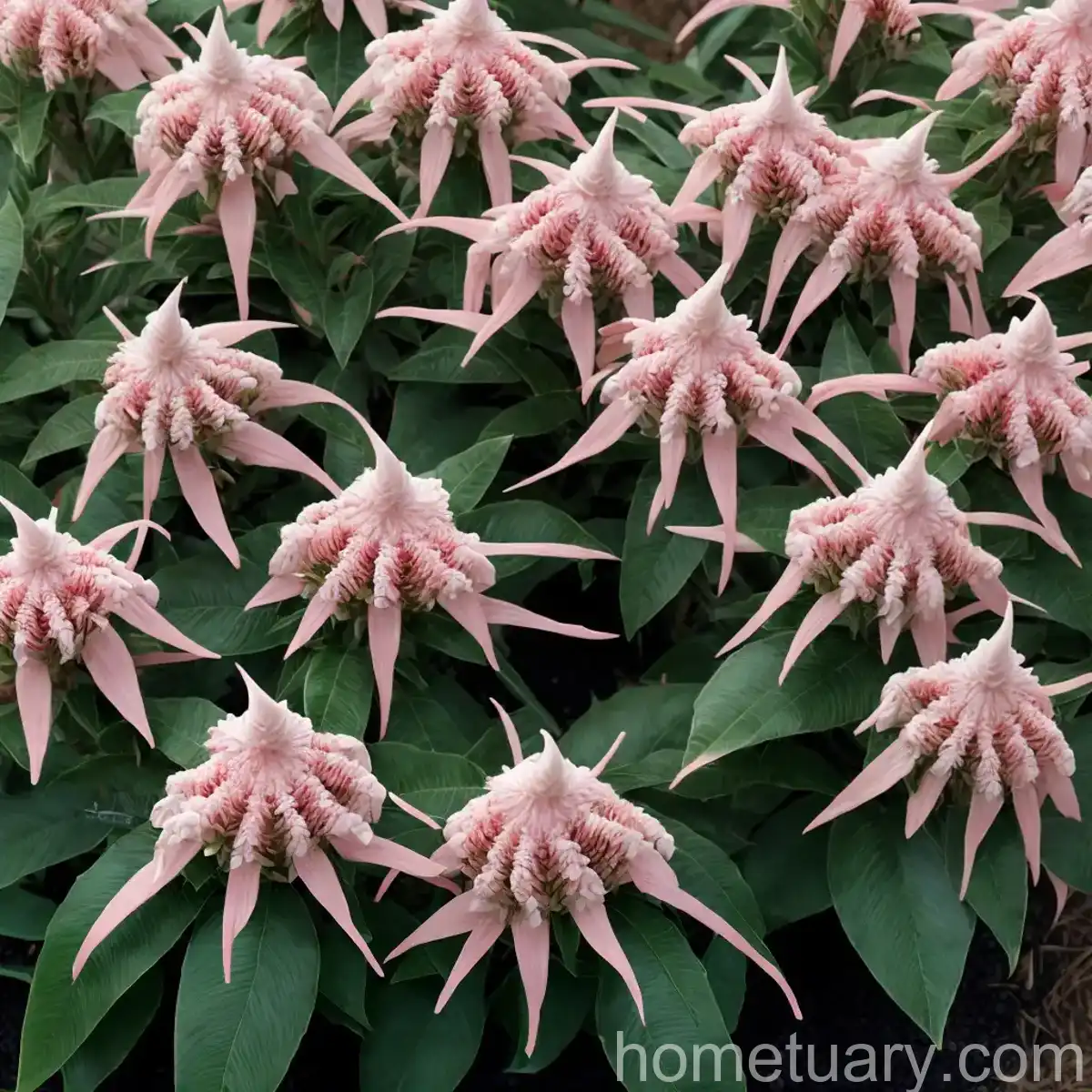The Wonderful World of Shasta Daisy (Leucanthemum x superbum ‘Snowcap’)
Welcome to the enchanting world of Shasta daisy (Leucanthemum x superbum ‘Snowcap’)! This delightful perennial plant, with its iconic white petals and sunny yellow centers, has captivated the hearts of gardeners and nature enthusiasts for generations. In this comprehensive guide, we will explore the fascinating aspects of Shasta daisy, from its cultural significance to its care requirements, and from its propagation methods to its role in landscapes and gardens. Let’s embark on a journey to uncover the secrets and beauty of this remarkable plant!
What is Shasta Daisy?
Shasta daisy (Leucanthemum x superbum ‘Snowcap’) is a herbaceous flowering plant that belongs to the family Asteraceae. This hybrid perennial is a result of crosses between several species, including Leucanthemum maximum and Leucanthemum lacustre. Known for its striking daisy-like flowers, this plant has become a beloved addition to gardens, parks, and landscapes around the world.
Key Takeaways:
Before delving into the specific aspects of Shasta daisy, let’s glance at its key takeaways:
- Shasta daisies are renowned for their daisy-like flowers with white petals and yellow centers.
- They are perennial plants, meaning they live for more than two years, and they bloom year after year.
- Shasta daisies are relatively low-maintenance and easy to grow, making them popular choices for gardeners of all levels.
- The plant’s vibrant blooms attract pollinators like bees and butterflies, enhancing the biodiversity of the garden.
Now, let’s explore the various elements that contribute to the successful cultivation and care of Shasta daisy.
Culture
The cultural requirements of Shasta daisy play a crucial role in determining its growth and blooming patterns. By understanding its cultural preferences, you can provide the optimal conditions for the plant to thrive.
Uses
Shasta daisies serve various purposes in the horticultural and botanical realms. Some common uses and benefits of this plant include:
- Ornamental Purposes: Shasta daisies are prized for their ornamental value, adding a touch of elegance and vibrancy to garden beds, borders, and containers.
- Cut Flowers: The long stems and enduring blooms of Shasta daisies make them excellent choices for fresh-cut flower arrangements, bringing natural charm and allure to indoor spaces.
- Pollinator Support: The nectar-rich flowers of Shasta daisies attract pollinators like bees, butterflies, and hoverflies, contributing to the ecological balance of the garden.
- Naturalizing Landscapes: With their robust growth and spreading habit, Shasta daisies can be utilized to naturalize landscapes, creating a picturesque and abundant display.
Water
Proper watering is essential for the health and vigor of Shasta daisies. These plants generally prefer consistently moist soil during their growing season. However, they are intolerant of waterlogged conditions, so well-drained soil is vital to avoid root rot and other moisture-related issues.
When considering the water needs of Shasta daisies, it’s essential to strike a balance. Overwatering can lead to fungal diseases and root damage, while underwatering can result in stunted growth and reduced flowering. For established plants, a deep watering once or twice a week is usually adequate, depending on the prevailing weather conditions.
Sunlight
Shasta daisies thrive in locations that receive ample sunlight. Ideally, they should be planted in areas with full sun, which translates to at least 6 to 8 hours of direct sunlight per day. In warmer climates, some afternoon shade might be beneficial to protect the plants from the intense heat, especially during the peak of summer.
Adequate sunlight not only promotes robust growth and abundant flowering but also helps prevent issues like powdery mildew by minimizing excess moisture on the foliage. When planning the placement of Shasta daisies in your garden, prioritize spots that offer optimal exposure to the sun’s rays.
Fertilizer
Proper nutrition is vital for the overall health and vitality of Shasta daisies. To support their growth and blooming potential, regular fertilization is recommended, particularly during the active growing season. A balanced, all-purpose fertilizer with a higher phosphorus content can be applied in spring to encourage prolific flowering.
When applying fertilizer, follow the manufacturer’s recommendations regarding the dosage and frequency. Over-fertilization can lead to excessive foliage growth at the expense of flowers, so it’s important to strike a balance. Additionally, consider using organic fertilizers to promote soil health and long-term sustainability in the garden.
Soil
The soil composition and quality play a fundamental role in the successful cultivation of Shasta daisies. These plants prefer well-drained, loamy soil that is rich in organic matter. A slightly acidic to neutral pH range, typically between 6.0 and 7.0, is considered ideal for their growth and development.
When preparing the planting area for Shasta daisies, take the time to amend the soil with organic compost, which helps enhance its structure and fertility. Good soil preparation sets the stage for healthy root establishment and robust growth, contributing to the long-term success of the plants.
Pruning
Pruning is an integral part of Shasta daisy maintenance, enabling you to shape the plants, remove spent blooms, and rejuvenate their growth. Timely pruning also helps prevent issues like overcrowding and disease development, promoting a tidy and vigorous appearance.
In early spring, as the new growth begins to emerge, you can trim back the old stems and foliage from the previous growing season. During the blooming period, deadheading – the removal of spent flowers – can encourage the plants to produce new blooms. Additionally, dividing mature clumps every few years can prevent overcrowding and revitalize the plants.
Propagation
Propagation techniques allow you to multiply your stock of Shasta daisies and expand their presence in the garden. Several methods can be employed to propagate these plants, each with its unique advantages and considerations.
- Division: Dividing established clumps is a simple and effective way to propagate Shasta daisies. This method is typically carried out in early spring or fall, when the weather is relatively mild. By carefully separating the clumps and replanting the divisions, you can create new plantings and rejuvenate the existing ones.
- Stem Cuttings: Propagating Shasta daisies from stem cuttings offers a means of producing exact clones of the parent plants. Select healthy, non-flowering stems for the cuttings and provide them with the optimal conditions for root development. With proper care, the cuttings can root and establish themselves as independent plants.
- Seeds: Growing Shasta daisies from seeds allows you to experience the full life cycle of the plant and witness the remarkable process of germination and growth. Sowing seeds in well-prepared soil indoors or directly in the garden can yield a diverse array of new plants, each with its unique characteristics.
Container Popularity
Shasta daisies are also well-suited for container gardening, adding a touch of natural splendor to patios, balconies, and other outdoor living spaces. Their compact size, attractive flowers, and relatively low maintenance needs make them popular choices for container cultivation.
When selecting containers for Shasta daisies, opt for ones that provide adequate space for root development and have drainage holes to prevent waterlogging. Furthermore, using a high-quality potting mix that offers good aeration and moisture retention can support the healthy growth of the plants.
Regular watering and fertilization are particularly crucial for container-grown Shasta daisies, as these plants are dependent on the resources available within their confined environments. Additionally, providing the necessary sunlight and periodic pruning can help maintain the vigor and beauty of Shasta daisies grown in containers.
Common Diseases
Despite their overall resilience, Shasta daisies can be susceptible to certain diseases and ailments, particularly when grown in unfavorable conditions or exposed to stress factors. Familiarizing yourself with the common diseases and their symptoms can empower you to take proactive measures to protect your plants.
Disease Diagnosis
Some of the primary diseases that can affect Shasta daisies include:
- Powdery Mildew: This fungal disease appears as a powdery, white substance on the leaves and stems of the plants, often leading to distorted growth and reduced vigor. Adequate air circulation and moisture management can help prevent powdery mildew.
- Leaf Spot: Characterized by the appearance of dark spots on the foliage, leaf spot diseases can compromise the plant’s photosynthetic capacity and aesthetic appeal. Proper sanitation and diligent observation are essential for detecting and addressing leaf spot issues.
- Crown Rot: Excessive soil moisture or poor drainage can create conditions conducive to crown rot, a destructive disease that affects the base of the plant and the roots. Avoid overwatering and ensure proper soil drainage to mitigate the risk of crown rot.
Diagnosing these diseases early on can facilitate timely intervention and treatment, preventing the escalation of issues and minimizing the impact on the overall health of Shasta daisies.
Common Pests
While Shasta daisies are relatively resistant to pest infestations, they can occasionally be targeted by certain insects that pose a threat to their well-being. Recognizing the signs of common pests and understanding their behavior can aid in implementing effective pest management strategies.
Some of the pests that may affect Shasta daisies include:
- Aphids: These tiny, sap-sucking insects can congregate on the tender shoots and new growth of the plants, leading to distorted foliage and reduced vitality. Natural predators and physical removal can help control aphid populations.
- Leafhoppers: Leafhoppers are known for their swift movements and the damage they inflict by piercing plant tissues and causing discoloration and distortion of the leaves. Conserving beneficial insects and using insecticidal soaps can deter leafhopper infestations.
- Slugs and Snails: These mollusks can feed on the tender leaves and flowers of Shasta daisies, leaving behind characteristic trails and unsightly damage. Employing deterrents and creating barriers can safeguard the plants from slug and snail attacks.
By staying vigilant and monitoring the health of Shasta daisies, you can promptly address pest-related issues and safeguard the plants from significant harm.
Botanist’s Tips
Fun Facts
- The common name “Shasta daisy” is derived from Mount Shasta, a dormant volcano in Northern California. The plant was named by the American horticulturist Luther Burbank, who developed numerous plant hybrids during his career.
- Shasta daisies are not only prized for their ornamental value but also for their potential medicinal uses. In traditional herbal medicine, certain parts of the plant were utilized for their purported healing properties.
- Some cultivated varieties of Shasta daisies display unique characteristics, such as double flowers, different flower shapes, and distinct color patterns, adding diversity and intrigue to the garden.
- These iconic flowers have inspired poets, writers, and artists through the ages, symbolizing purity, innocence, and natural beauty in various cultural and literary contexts.
Links to External Resources
To further enrich your understanding of Shasta daisies and expand your knowledge of successful cultivation practices, consider exploring the following resources:
- Shasta Daisy (Leucanthemum x superbum ‘Snowcap’) – Missouri Botanical Garden
- Growing Perennials: Shasta Daisy – University of Florida IFAS Extension
- Leucanthemum x superbum: Growing the Shasta Daisy – Cornell University College of Agriculture and Life Sciences
- Leucanthemum x superbum ‘Snowcap’ – Royal Horticultural Society




